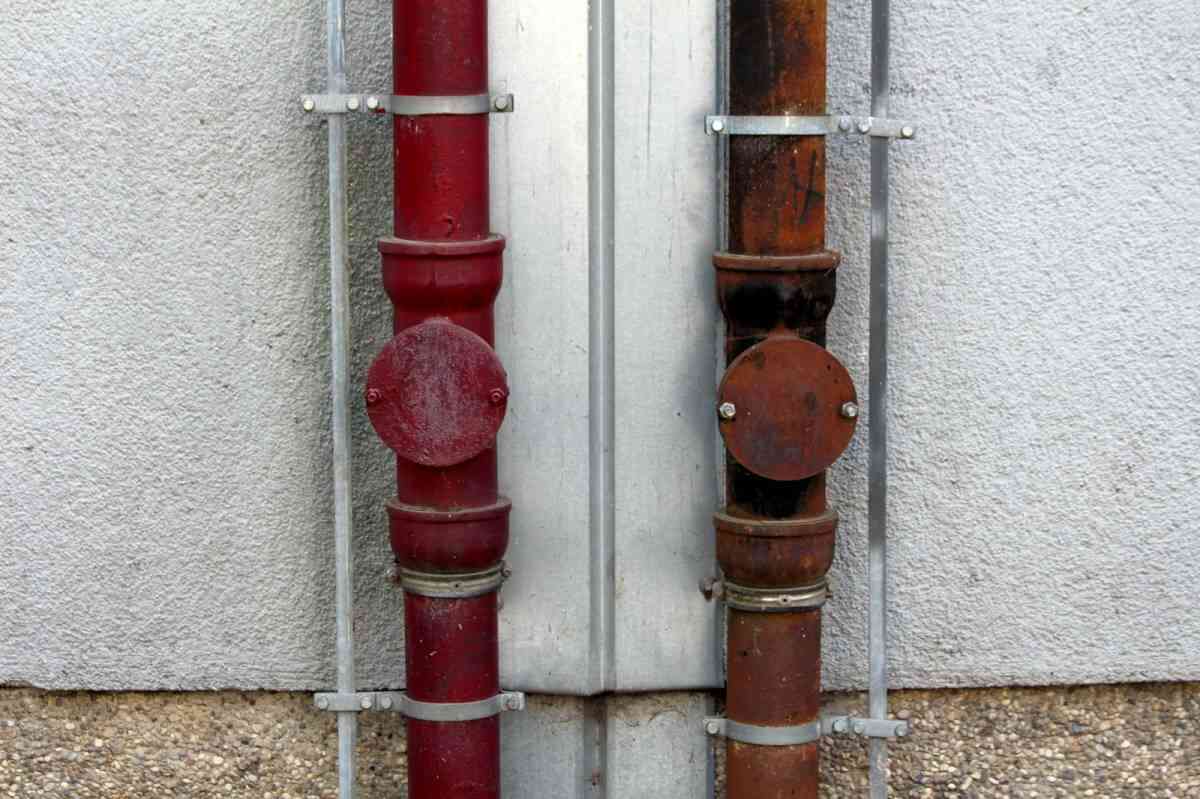Everything You Need To Know About Installing A Lightning Rod To Protect Your Home
- - Category: Tools & Equipment
- - 14 Sep, 2023
- - Views: 495
- Save

Understanding what a lightning rod is and how it can save your home.
Natural disasters like lightning strikes can wreak havoc on your home, potentially causing damage or even setting it on fire. The good news is that you can protect your home by installing a lightning rod. A lightning rod, also known as a lightning conductor, is a key component of a lightning protection system for a building. In this blog post, we'll cover everything you need to know about installing a lightning rod for your home, including what it is, how it works, and why it's important.
What is a Lightning Rod?
A lightning rod is a metal rod, typically made of copper or aluminum, that is installed on the roof of a building. It is designed to provide a safe and direct path for lightning to follow, preventing damage to the building and its occupants. When lightning strikes, the lightning rod intercepts the bolt and conducts it safely to the ground, where it dissipates harmlessly.
How Does a Lightning Rod Work?
A lightning rod works on the principle of charge redistribution. When a lightning bolt approaches, it creates an electric field that builds up on the surface of the building it is about to strike. The lightning rod provides a path for that electric charge to follow, directing it away from the building and toward the ground. By providing a safe path for the electric charge to follow, the lightning rod prevents damage to the building and its occupants.
Why is Installing a Lightning Rod Important?
Installing a lightning rod is important because it provides protection for your home and family in the event of a lightning strike. A lightning strike can cause severe damage to a building, including fires and structural damage, and can even cause injury or death to people inside. Lightning rods ensure that the electric charge from a lightning bolt is dissipated harmlessly into the ground rather than being directed toward the building or its occupants.
How Do You Install a Lightning Rod?
The installation of a lightning rod needs to be done by a professional electrician or contractor. They will evaluate your home's structure and determine an appropriate location for the rod. The lightning rod should be installed in a way that it is the highest point on your roof and should be securely attached to the ground using copper or aluminum grounding cable. The materials used in a lightning rod installation are crucial since the purpose of the device is to encourage the lightning to travel to the ground safely.
Who Should Install a Lightning Rod?
While it's possible for a homeowner to install a lightning rod themselves, it's recommended that you have a professional conduct the installation. Professional lightning rod installers have the experience and expertise to ensure that the lightning rod is installed correctly and meets safety standards. If you're considering installing a lightning rod for your home, be sure to do your research and find a reputable installer who has a track record of success.
How Much Does it Cost to Install a Lightning Rod?
The cost to install a lightning rod can vary depending on a range of factors, including the size of your home, the type of lightning rod you choose, and the complexity of the installation. On average, you can expect to pay between $500 and $4,000 for a lightning protection system, with most homeowners spending around $1,500-$2,000.
In conclusion, installing a lightning rod is a smart investment that can provide peace of mind and protection for your home and family. By working with a professional installer, you can ensure that your lightning protection system is installed correctly and meets safety standards, providing maximum protection against lightning strikes. If you're considering installing a lightning rod for your home, be sure to do your research, learn about your options, and choose an installer who has the experience and expertise necessary to get the job done right.


